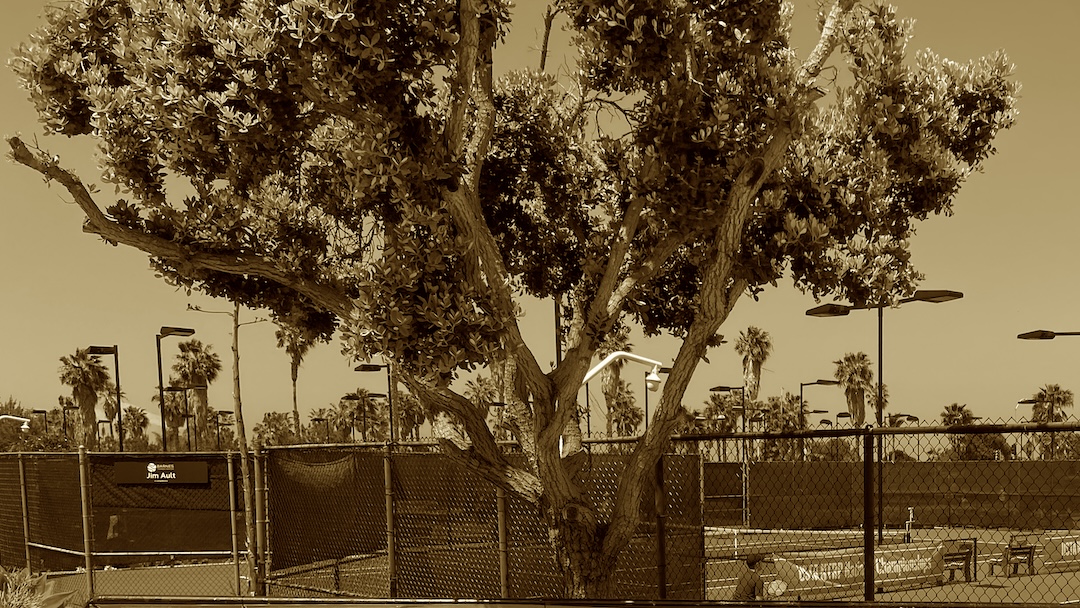The foundation for NTRP appeals is laid out by the USTA League Regulations. In addition to Automatic and Medical based appeals, there are provisions for semi-automatic appeals based on the player’s age. Those provisions kick in for players who are 60 and older. Someone in my close playing circle recently asked me if I thought it was “good” that I remained at 4.5 this year due to the age-based appeal provisions. The question caught me completely off guard.
As an obligatory on-brand digression, I am very annoyed that the USTA has age-based special appeal rules, yet still thought it necessary to create NTRP age divisions for both leagues and tournaments. If the NTRP algorithm works, then the results are performance based and age isn’t a factor. It is incongruent that age-based appeals and NTRP age divisions exist at all, much less simultaneously.
The rationale for age-based appeals is probably similar to medical appeals. A player at an advanced age with an elevated NTRP rating might not have a chance to play their way back down to the nominal level of competition that is appropriate and available to them. I would contend that age-based performance degradation is gradual. The opportunity to play to the appropriate level should still exist for an active player of any age.
When asked about my age I always answer in “USTA” years. Next January 1, I will be 56, even though my actual birthday won’t come until much later. Your USTA age is whatever your maximum age will be in any calendar year.
The USTA age-based appeals are written assuming “USTA” years. In fact, the first phrase of the regulation below exists to establish that context. The text in bold italics was added to focus attention on the key mechanics of the age-based appeals.
Any player who is 60 to 64 years of age or older prior to, or during, the calendar year in which such player plays his or her first local league match and has achieved the same rating level or lower for his or her three most recent year-end ratings, without benefit of appeal of the player’s year-end rating level, if promoted will automatically be granted an appeal (A rating) of their current rating back to their previous valid year-end rating level, subject to 2.05E(5) below. NTRP Dynamic Disqualification procedures as outlined in 2.04B(3) apply.
USTA League Regulation 2.05E(1)
If I were to propose a short title to this particular part of the USTA League Regulations, it would be “Age Based Bump Up Protection.” When a player turns 60, the three previous year-end ratings that determine eligibility for the automatic appeal come when the player is USTA 57, 58, and 59. If a player’s rating see-saws at all between NTRP levels during those years, automatic age-based appeal is not available in year 60.
If I believe that my competitive ratings ceiling will become 4.5 when I turn 60, then I suppose there is benefit to staying at computer rated 4.5 in the three years before that occurs. However, that would only be the case if I was promoted to 5.0 at age 60 and wanted to appeal. For the record, my self identity currently precludes hitting the automatic “Appeal” button at all. Perhaps I will change my mind when I get a little older. However, I am not quite ready to accept that I will never realistically play at the 5.0 level again.
Additionally, if a player gets bumped up at age 60 and appeals back down to their previous level, the age-based appeal is not available for the subsequent years. This is actually more restrictive than current observed practice for a few players in my local area that have been granted an appeal for at least five consecutive years.
The question that prompted this post also sparked the thought exercise of whether there is a loophole in the age-based appeal system. To put it bluntly, I was looking for ways that a nefarious player could manipulate the age-based appeal rules to create an advantage. I ultimately arrived at the conclusion that it really isn’t fundamentally different from the standard appeal rules.
That conclusion is supported by the final item in this section of the USTA League Regulations.
Any player who is clearly above level under the applicable Computer Methodology procedures, as defined in the Glossary, will be denied an appeal of his or her year-end rating under 2.05E(1), 2.05E(2) and 2.05E(3).
USTA League Regulation 2.05E(5)
In other words, the age-based appeal isn’t automatic. I am speculating that there might be a broader range of NTRP dynamic values when compared with the “press the button” automatic appeals. However, that is just a guess.
I was about to write that I don’t know what the definition of “clearly above level” is but the USTA has helpfully included that term in the glossary of the USTA League Regulations.
Clearly Above Level: Meets the threshold to achieve a strike and is dependent on NTRP skill level and/or match results.
USTA League Regulation Glossary
The bottom line is that I don’t think that age-based appeals makes much of a difference. I am always happy to examine alternative perspectives.
- USTA League Regulations, 2022, downloaded December 4, 2022.




If you are over 60 and appeal and it is automatically granted, how do you know if they granted it because of your age or because you were in the grey area skill-wise?
I don’t think there is any way to tell. I also haven’t found a reason why the difference matters either. I think the best way to think about this is that it is easier to get the automatic appeal.